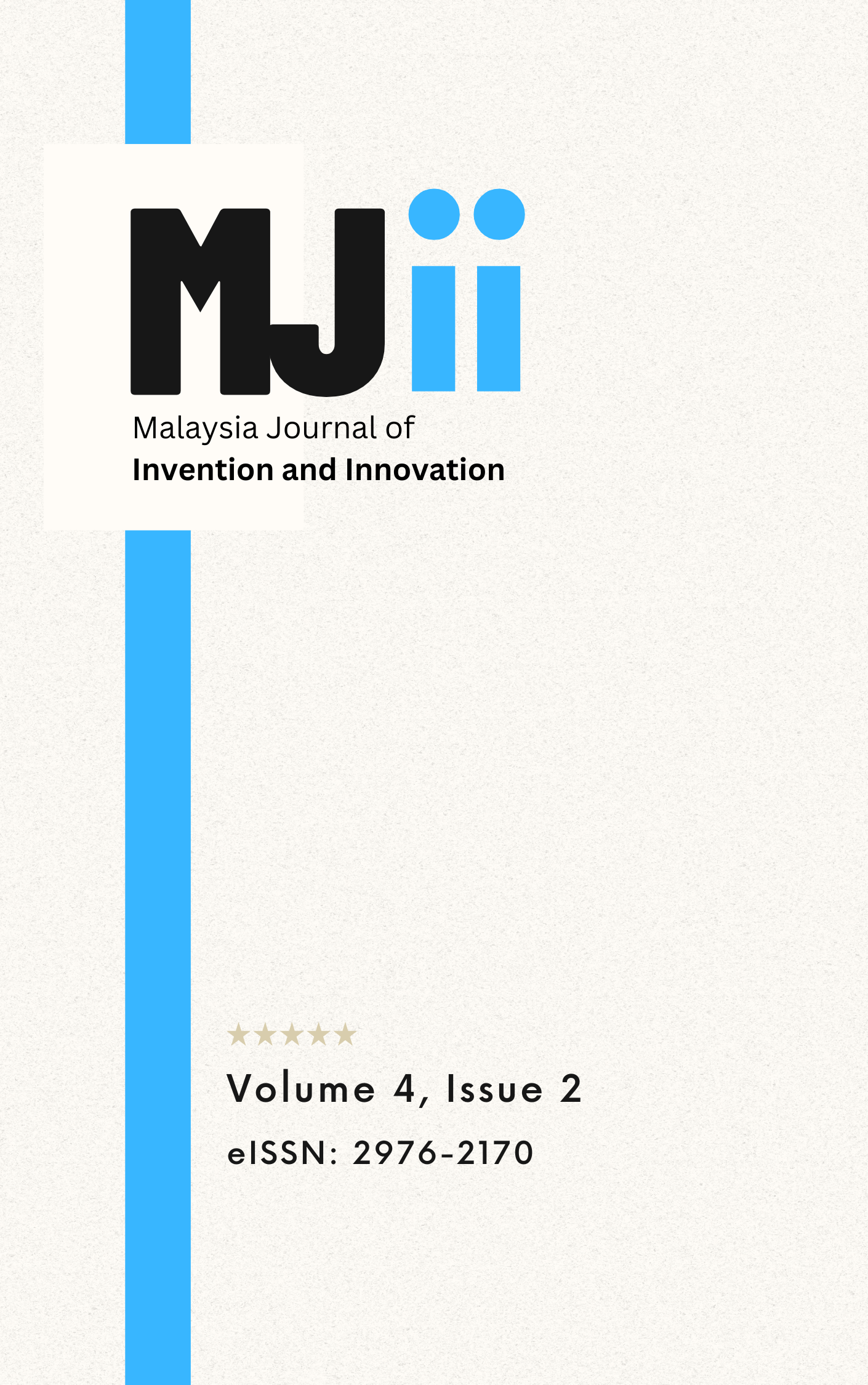Measuring Urban Walkability Index for the Town Centre of Petaling Jaya
DOI:
https://doi.org/10.64382/mjii.v4i2.82Abstract
Walkability has been introduced as one of the newest elements in supporting green neighbourhood. Various studies have been conducted to identify the built environment factors that influences people’s decision to walk. From these studies, scholars have developed walkability index to measure the walkability of a specific areas. However, most of this studies are conducted outside of Malaysia. Despite the numerous advantages of using walkability index to measure walkability of an area, the application of walkability index in Malaysia is limited and scarce. Therefore, this study attempts to develop the walkability index based on Malaysian context and test the feasibility of using this walkability index in Malaysia. The walkability index indicators were adjusted to suit the Malaysian local environment and used transportation network design, land use diversity and population density as the built environment indicators. The walkability index was tested in the urban areas of Petaling Jaya and were validated by the officers from the Transport Department of Petaling Jaya City Council. Results shown that the index is able to produce walkability results and depict areas with high and low walkability among the people. This study provided useful insights on how walkability index can assist planners and stakeholders in making informed decision in improving the built environment to promote walkability among the people.
Downloads
Published
Issue
Section
License
Copyright (c) 2025 Ishak Che Abdullah, Zulkifli Ahmad Zaki, Na'asah Nasrudin, Noraini Omar Chong, Marina Mohd Nor

This work is licensed under a Creative Commons Attribution 4.0 International License.
The authors of MJII retain copyright to the content of the articles.
The content is published under the Creative Commons Attribution (CC BY) 4.0 which allows content to be copied, adapted, displayed, distributed, republished, or otherwise re-used for any purpose, including for adaptation and commercial use provided the content is attributed without any restriction.
Authors Rights
The Journal grants you the following non-exclusive rights, subject to giving propoer acknowledgement to the original journal. The authors may:
(i) to reprint or reproduce the contribution, in whole or in part, in any publication of your interest.
(ii) to use material for teaching purposes; including availability of the matarial in academic course.
(iii) to post a copy of the contribution on your personal or institutional web server, provided that the server is non-commercial and there are no charges for access, and
(iv) to deposit a copy of the contribution in a non-commercial data repository maintained by an institution of which you are a member.
Author's Agreement
Author(s) guarantee the journal the following:
(i) that the contribution is their original work;
(ii) that it contains, no matter what, content that is defamatory or is otherwise unlawful or which invades rights of privacy or publicity or infringes any proprietary rights (including copyright);
(iii) that the contribution has not been published elsewhere in whole or in part and that no agreement to publish is outstanding other than this agreement. Author(s) agree to be responsible and hold the journal, its editors, staff and affiliate organizations harmless against any claims arising from or related to the breach or inaccuracy of any of the guarantees listed above.
Disclaimer
The editorial team of the MJII and the publication team of Academica Press Solutions share no responsibility regarding the views and opinions expressed by the authors.
The content published in MJII is Open Access and can be shared, adapted, reproduced, reprinted, after appropriate acknowledgment and giving due credit to the author(s) work.


